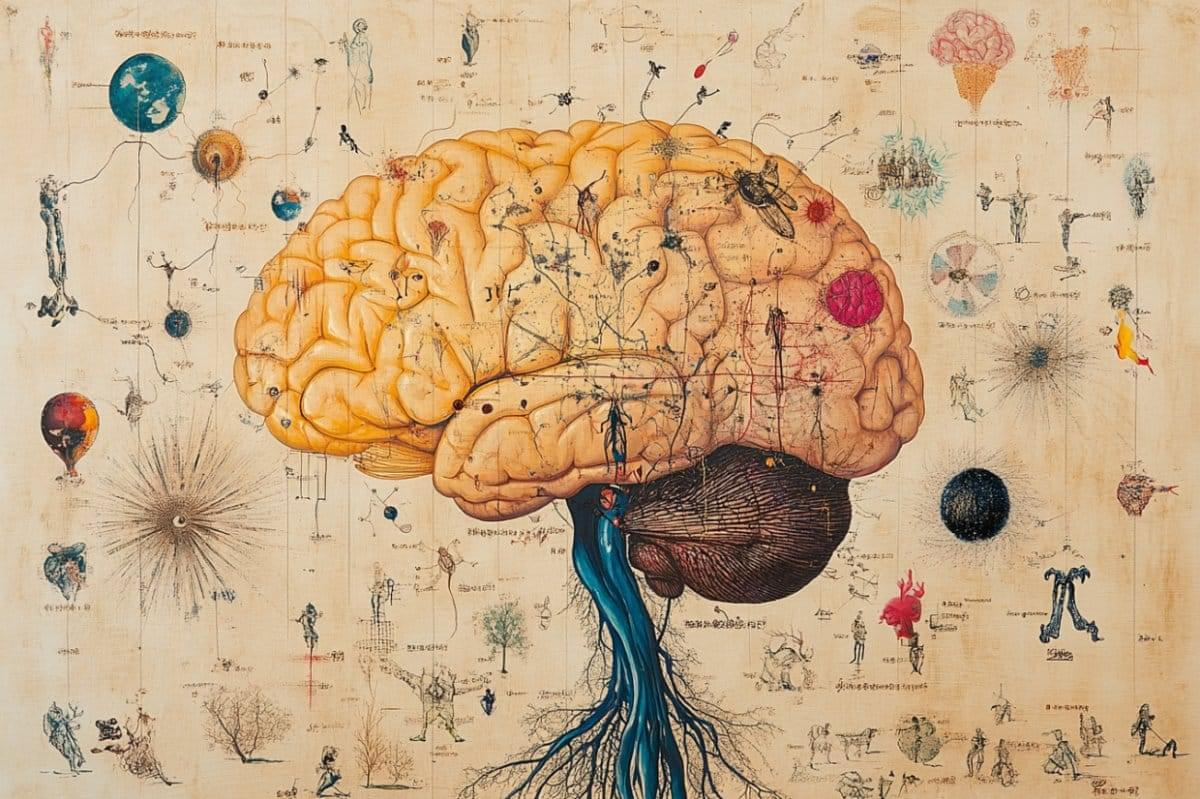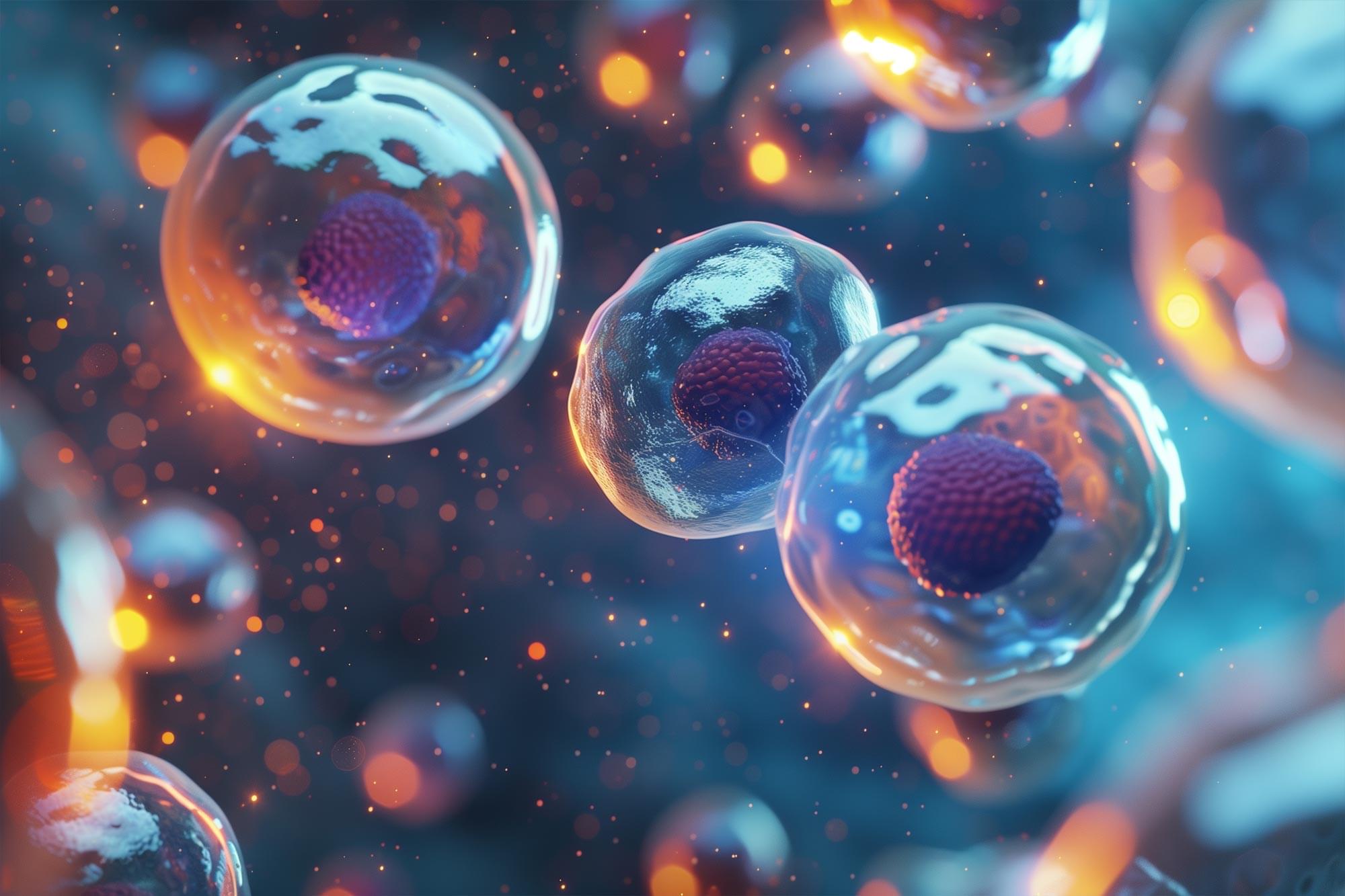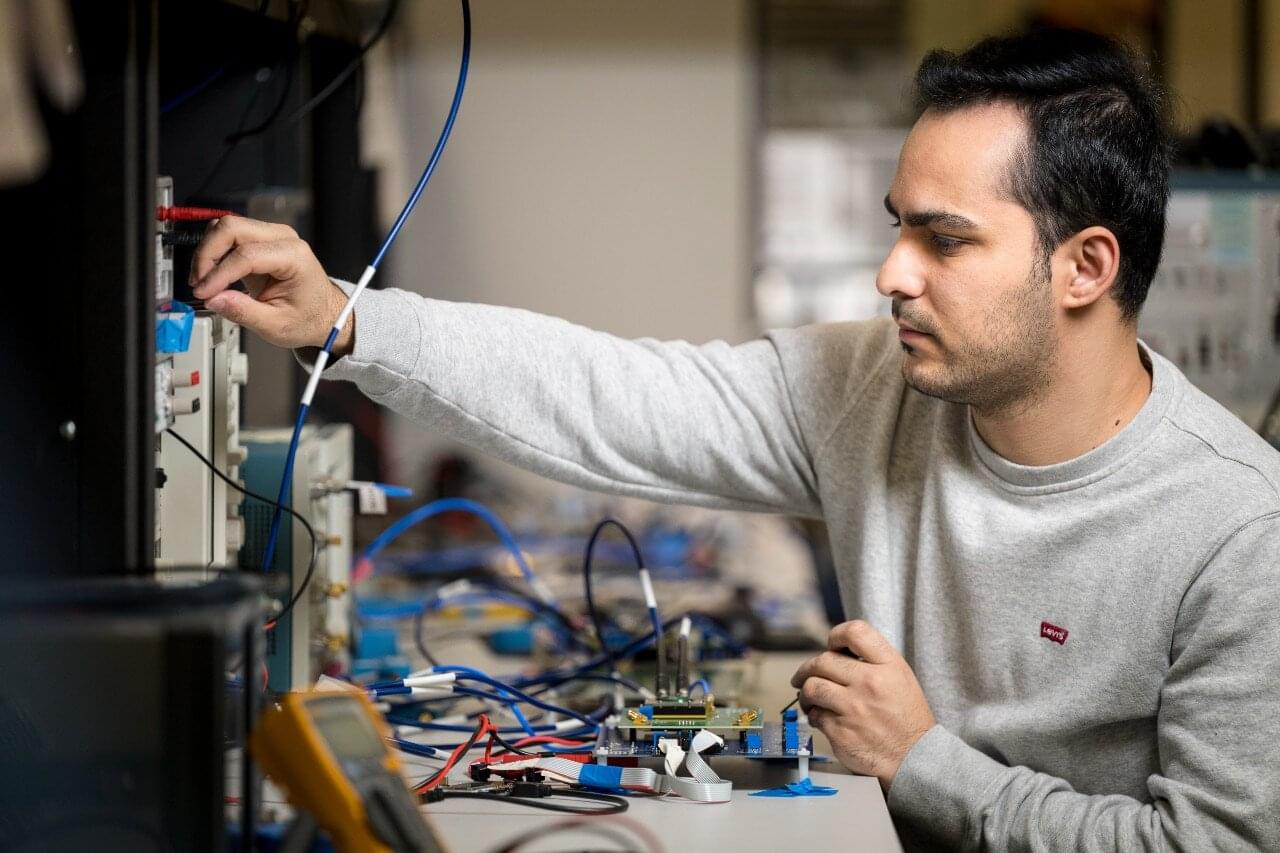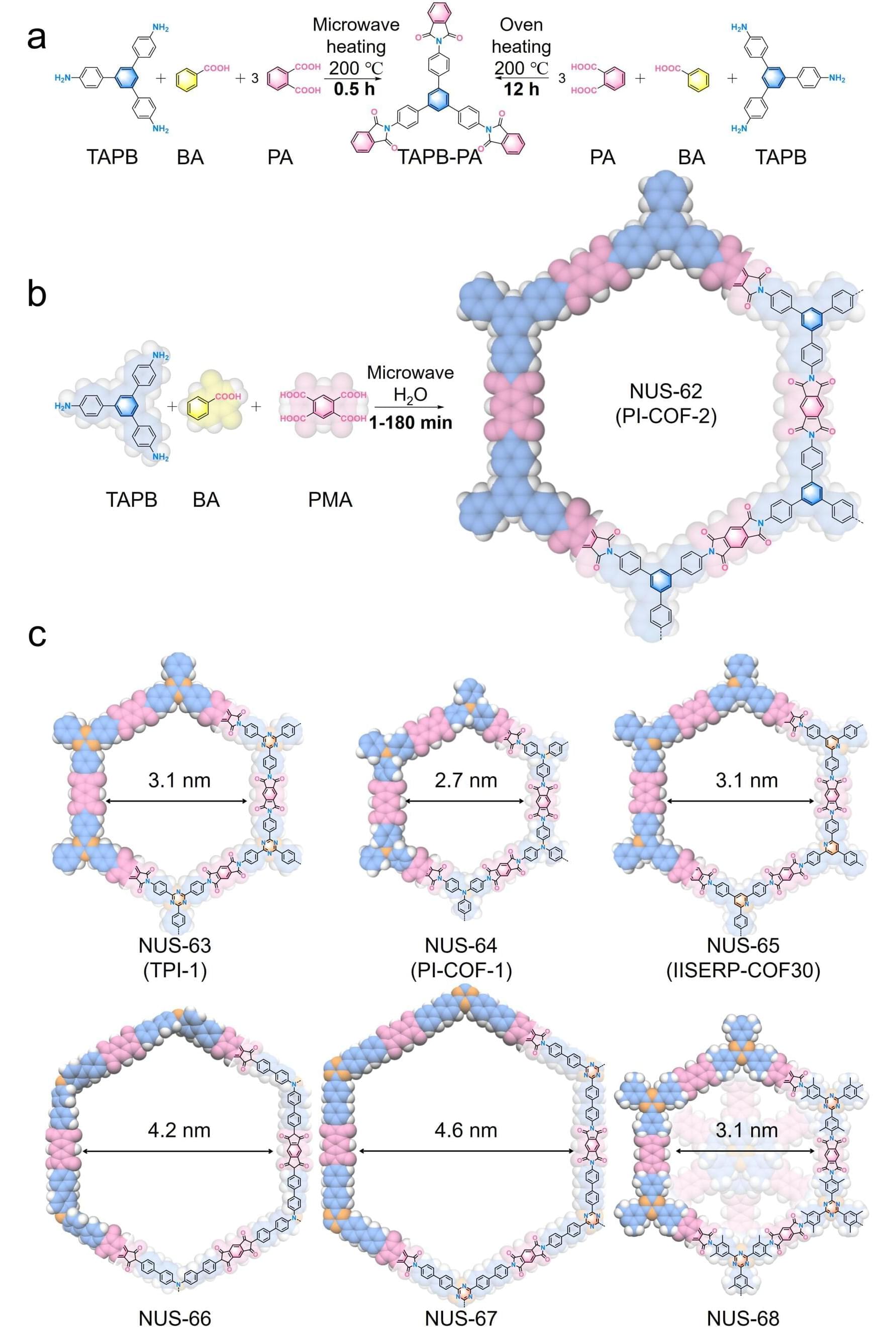What happens when intelligence escapes the bounds of flesh and bone? In this episode, we explore post-biological civilizations—entities that may trade biology for digital minds, machine bodies, or stranger forms still—and ask what becomes of identity, purpose, and humanity when the body is no longer required.
Watch my exclusive video Antimatter Propulsion: Harnessing the Power of Annihilation — https://nebula.tv/videos/isaacarthur–… Nebula using my link for 40% off an annual subscription: https://go.nebula.tv/isaacarthur Get a Lifetime Membership to Nebula for only $300: https://go.nebula.tv/lifetime?ref=isa… Use the link gift.nebula.tv/isaacarthur to give a year of Nebula to a friend for just $30. SFIA Discord Server: / discord Credits: Post-Biological Civilizations: Life Beyond Flesh and Bone Episode 498a; May 11, 2025 Written, Produced & Narrated by: Isaac Arthur Edited by: Ludwig Luska Select imagery/video supplied by Getty Images Music Courtesy of Epidemic Sound http://epidemicsound.com/creator Chris Zabriskie, “Unfoldment, Revealment” Phase Shift, “Forest Night” Lewis Gill, “The Phobos Diary” Stellardrone, “Red Giant” 0:00 Intro 1:24 The Physical Presence of Post-Biological Civilizations 3:38 Societal & Cultural Aspects of Post-Biological Life 5:08 The Scifi Path to Post-Biological Life 8:03 The Singularity and the Ultimate Transition 9:47 Many Paths to Post-Biological Life 17:50 The Fermi Paradox & Post-Biological Civilizations 27:39 Ethics & the Fate of Humanity 29:17 The Transition Process at a Civilizational Scale.
Get Nebula using my link for 40% off an annual subscription: https://go.nebula.tv/isaacarthur.
Get a Lifetime Membership to Nebula for only $300: https://go.nebula.tv/lifetime?ref=isa…
Use the link gift.nebula.tv/isaacarthur to give a year of Nebula to a friend for just $30.
SFIA Discord Server: / discord.
Credits:
Post-Biological Civilizations: Life Beyond Flesh and Bone.
Episode 498a; May 11, 2025
Written, Produced & Narrated by: Isaac Arthur.
Edited by: Ludwig Luska.
Select imagery/video supplied by Getty Images.
Music Courtesy of Epidemic Sound http://epidemicsound.com/creator.
Chris Zabriskie, \









